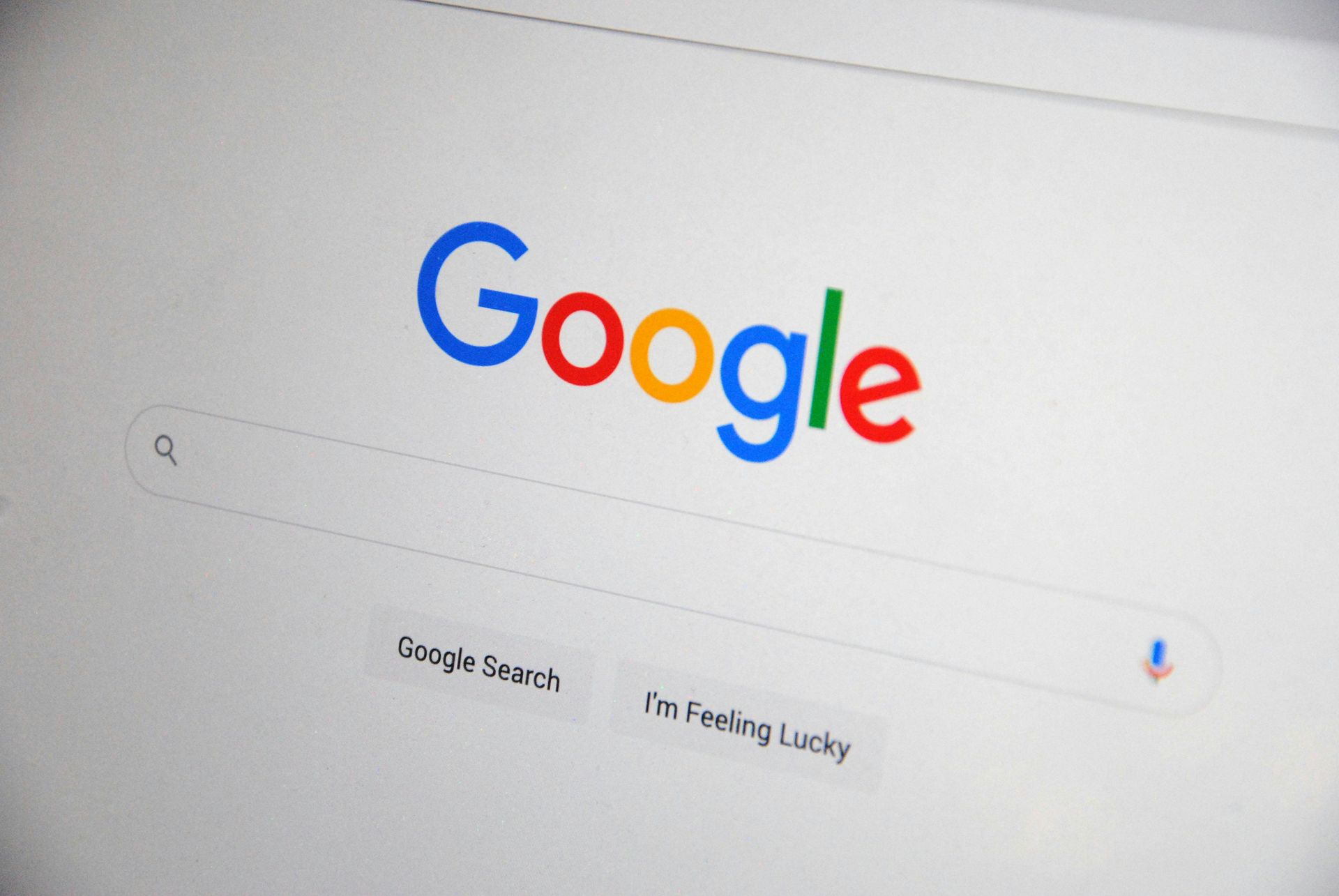How Retargeting Ads Actually Work (and How to Use Them Well)
How Retargeting Ads Actually Work (and How to Use Them Well)

You mention a product in passing…and suddenly you see an ad for it on Instagram. Creepy, right? It’s the question we hear all the time: “Is Facebook listening to me?” Short answer: no—your phone’s mic isn’t secretly streaming your conversations to advertisers. What is happening is smarter (and much less spooky): a mix of retargeting, behavioral signals, and data connections that make ads feel eerily relevant.
This plain-English guide explains what’s really going on, why those “are they listening?” moments happen, and how your business can use retargeting to win more customers—without being weird about it.
At Hatch Strategies, we strategize, set up, and monitor Google and Meta campaigns with weekly optimizations so you don’t have to babysit them. If you need ad creatives, we partner with a local creative agency. (Consider linking “Google and Meta campaigns” to your services page.)
What Retargeting Is (and Isn’t)
Retargeting shows ads to people who already interacted with your brand—visited your site, watched your video, engaged with your Instagram profile, added to cart, or started a form. It’s different from prospecting, which finds brand-new people.
Think of retargeting as a polite, timely reminder: “You left something behind” or “Still researching? Here’s what makes us different.”
It is not: turning on your mic, reading your private messages, or pulling data from your banking app. Platforms like Meta and Google have strict policies and technical constraints that prevent that kind of surveillance. The relevance you feel comes from signals you do give off online (and sometimes offline).
How Retargeting Actually Works (Meta & Google)
The building blocks
- Pixels & tags: Tiny snippets of code on your site (e.g., Meta Pixel, Google tag) that note actions like page views, add-to-cart, or form starts.
- Events: Standardized actions like
ViewContent,AddToCart,Lead,Purchase. These power your audiences and conversion tracking. - Server-side tracking (CAPI): Sends those events from your server to the ad platform for better accuracy, especially with privacy changes.
- Audiences: Rules you create (e.g., “all visitors last 30 days,” “cart abandoners last 7 days,” “watched 50% of our video”).
- Exclusions: Crucial! You tell platforms who not to show ads to (e.g., recent purchasers, booked consults).
Where the “magic” happens
- Cross-device identity: If you’re logged into Facebook on your laptop and phone, Meta can connect that you’re the same person—no microphone needed.
- Shared networks/households: Partners, roommates, or coworkers on the same Wi-Fi or shared devices see similar ads.
- Lookalikes & interest signals: Even if you didn’t visit a site, you can see an ad because you behave like people who did (follows, page likes, content viewed, demographics).
- On-platform engagement: Watch a Reel about hiking boots? Expect more outdoor ads. You signaled the interest by watching—not by speaking it aloud.
Why It Feels Like They’re Listening
- Timing bias: You Google a product once or visit a site briefly; the retargeting starts right after your conversation. The ad is the first thing you notice.
- Household/peer overlap: Someone else in your home researched the topic; the platform’s household graph makes you look similar.
- Brand recall: You saw the brand earlier (in-store, TV, influencer). The ad jogs your memory, making it feel like it followed your conversation.
- Interest clustering: You talked about a topic because you already had interest; your online behavior reflects that—and the platforms pick up the behavior.
None of that requires live audio monitoring.
Types of Retargeting That Work for Small Businesses
1) Site retargeting (classic)
- Who: All site visitors last 7–30 days.
- Message: Brand promise, proof, next step.
- Goal: Bring warm traffic back to convert.
(Internal link idea: point “proof” to your case studies/testimonials page.)
2) High-intent segments
- Who: Product/practice page viewers,
AddToCart,Leadstarters, pricing page visitors. - Message: Objection handling (fees, timeline, guarantees), credibility (reviews, results), clear CTA.
- Goal: Close the loop.
(Internal link idea: link “practice page” to a core service page.)
3) CRM/audience list retargeting
- Who: Past leads/clients who opted into marketing.
- Message: New offer, reminder, complementary service.
- Goal: Reactivation, upsell, referrals.
4) Engagement retargeting (on-platform)
- Who: Video viewers, Instagram engagers, lead-form openers who didn’t submit.
- Message: Next step content—guide, webinar, consult.
- Goal: Move them from curiosity to contact.
5) Dynamic product ads (ecommerce)
- Who: Browsers/cart abandoners.
- Message: The exact product they viewed, with social proof and availability.
- Goal: Recover revenue (cart abandonment is commonly ~70%).
Retargeting Setup: A Simple, Compliant Workflow
- Install tags/pixels on all pages (Meta Pixel + CAPI, Google tag).
- Define events that matter:
Lead,Purchase,Schedule,AddToCart, etc. - Build audiences by behavior and timeframe (7, 14, 30, 60, 90 days).
- Create exclusions (purchasers, scheduled consults).
- Map creative to intent (see next section).
- Set frequency caps to avoid fatigue where available.
- Use UTMs and platform conversions to measure performance.
- Review weekly and adjust bids, budgets, and segments.
Hatch Strategies handles the strategy, tagging, audience logic, and weekly optimizations. If you need ad graphics or video, we’ll loop in our creative partner so you’re not juggling vendors.
Messaging that Converts (Without Being Creepy)
Match the ad to what they did:
- Visited a practice page (attorneys):
- Ad: “Injured in a car accident? Here’s what to do in the next 72 hours.”
- Proof: Reviews, verdicts/settlements (as allowed), bar memberships.
- CTA: “Free consultation.”
- Viewed pricing/services (SMBs):
- Ad: “Compare our plans in 60 seconds.”
- Proof: Case study metric, testimonial.
- CTA: “Book a 15-minute call.”
- Watched your video (50%+):
- Ad: “Liked the video? Get the full guide.”
- CTA: Lead magnet → nurtures → appointment.
- Cart abandoners (ecom):
- Ad: Show the exact product, address shipping/returns, light incentive on final touch.
Keep it respectful: acknowledge interest without saying “we’re watching you.” Use helpful, reassuring language and value-first CTAs.
Frequency, Windows, and Burn Rules
- Warm, not smothering: Aim for 1–2 impressions/day on Meta for high-intent audiences; test caps on Google Display/YouTube.
- Audience windows:
- 7–14 days for hot segments (cart/lead starters).
- 30–60 days for general site visitors.
- 90 days for engagement audiences.
- Burn/exclude: Remove purchasers or scheduled consults promptly. Nothing hurts trust like selling after the sale.
Privacy Changes You Should Know (No, Not Microphones)
- iOS App Tracking Transparency (ATT): Fewer cross-app signals from opted-out users; CAPI helps recover measurement.
- Third-party cookie limits: Make first-party tagging and server events more important.
- Consent & data minimization: Collect only what you need; give clear choices; honor opt-outs.
- Sensitive categories: Platforms restrict targeting around health, politics, housing, credit, etc. Stay compliant.
Practical takeaway: first-party data + server-side events + honest value exchange beats “spray and pray” every time.
Measuring Retargeting the Right Way
Look beyond vanity metrics to real business impact.
- Primary: Cost per qualified lead (CPL), booked consultations, sales, revenue.
- Assist metrics: View-through conversions, landing page conversion rate, call connection rate, form completion rate.
- Cohorts: Branded search lift, direct traffic lift after retargeting starts.
- Attribution sanity: Expect differences between platform reports and analytics. Use consistent UTMs and a clear source-of-truth.
When Retargeting Underperforms (and How to Fix It)
- Too little traffic: Prospect first to fill the funnel; your retargeting audience needs volume.
- No exclusions: You’re pestering buyers—fix your burn rules.
- Weak landing pages: Slow load times, long forms, unclear next steps. Improve UX before throwing more budget at ads.
- One-size-fits-all creative: Segment. Talk to add-to-cart users differently than casual blog readers.
- Set-and-forget: Audiences decay; review weekly to refresh creative, budgets, and caps.
Ethical Retargeting: Be Helpful, Not Haunted
- Be transparent about data use; link to a clear privacy policy.
- Offer value in every touch—answers, proof, and easy next steps.
- Respect frequency and attention; let people opt out easily.
- Avoid sensitive or exploitative messaging. Trust compounds.
Quick Checklist (Copy/Paste into Your Duda Notes)
- Meta Pixel + CAPI and Google tag installed site-wide
- Events mapped:
Lead,Purchase,Schedule,AddToCart,ViewContent - Audiences: 7/14/30-day for high intent; 30/60/90 for general/engagement
- Exclusions: purchasers, booked consults, recent leads
- Creative by segment: objections answered, proof included, single CTA
- Frequency caps set; burn windows active
- UTMs consistent; weekly reporting cadence set
- Landing pages fast, mobile-first, with short forms and clear CTAs
So…Is Facebook Listening?
No. But retargeting + identity graphs + your own behavior can feel like mind-reading. Use that power to serve the right message at the right time, not to stalk people around the internet.
Want Retargeting That Actually Converts?
Hatch Strategies will plan, set up, and monitor your Google and Meta retargeting with weekly optimizations—so you get the lift without the guesswork. If you need ad creatives, we’ll bring in our trusted local partner.
- Strategy and audience design
- Pixel/CAPI implementation and QA
- Creative briefs aligned to intent
- Weekly tuning and clear reporting
Let’s make your ads feel helpful—not haunted. Schedule a free consultation today!












